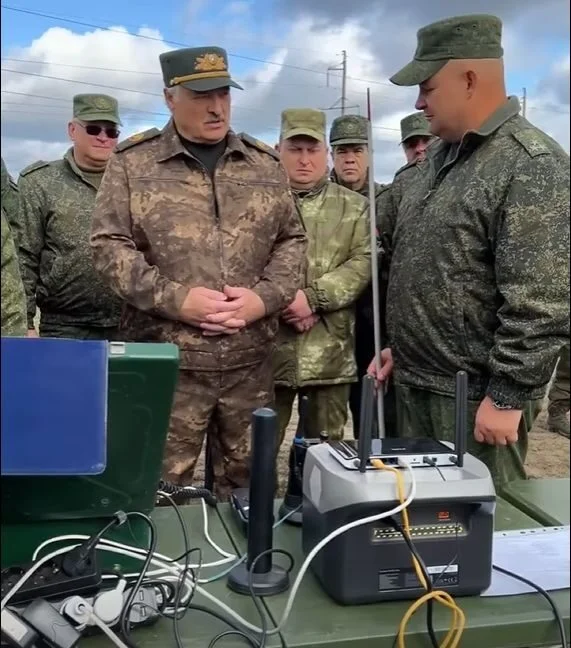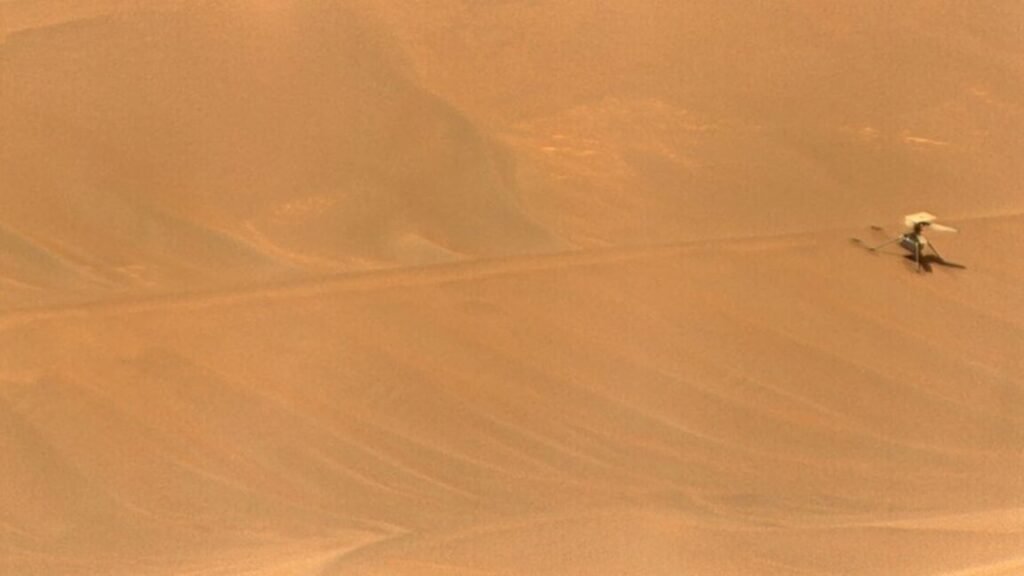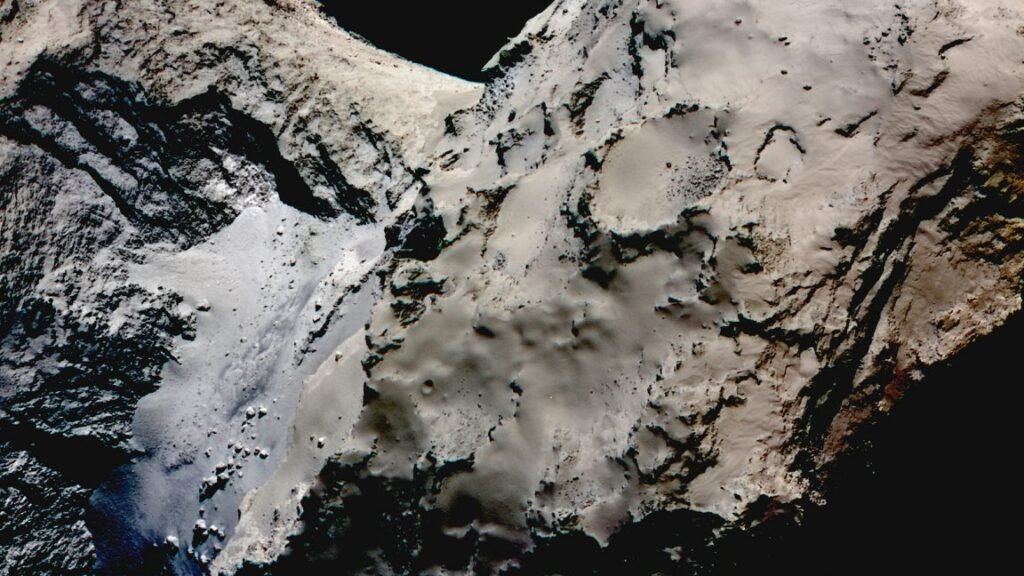Asked if he thought one of the two scenarios was more likely than the other, Bowersox said he could not say. However, a final decision will be made fairly soon. Bowersox said NASA needs to choose the astronauts’ return path by mid-August.
Thruster issues
NASA’s concern about Starliner’s thrusters boils down to the failure of five of them during the vehicle’s ascent to the space station. Starliner’s flight computer shut off five thrusters, provided by Aerojet Rocketdyne, in flight. Four of the five thrusters were recovered after overheating.
Since then Boeing and NASA have conducted ground- and space-based tests of the small thrusters to try to replicate the failure and better understand, fundamentally, what is occurring. By getting to the root cause, the engineers will feel confident in their ability to address the problem for Starliner’s flight back to Earth.
In ground tests, the engineers were able to demonstrate similar failures. Subsequent inspections showed bulging in a Teflon seal in an oxidizer valve known as a “poppet,” which could restrict the flow of nitrogen tetroxide propellant. The thrusters consume the nitrogen tetroxide and mix it with hydrazine fuel for combustion. Despite the tests, however, engineers still don’t understand precisely why the bulging is occurring and whether it will manifest on Starliner’s flight back to Earth.
“People really want to understand the physics of what’s going on relative to the physics of the Teflon, what’s causing it to heat up and what’s causing it to contract,” said Steve Stich, who manages the Commercial Crew program for NASA. “That’s really what the team is off trying to understand. I think the NASA community in general would like to understand a little bit more of the root cause.”
Boeing engineers are advocating for flying Starliner as is, that enough is known about the problem that failures will not occur during the vehicle’s return to Earth. However, during meetings of key engineers at NASA known as the “Program Control Board” this week, there was no agreement that this so-called flight rationale was enough to fly crew on the vehicle.




